Ways You’re Using Your Refrigerator Wrong
Share the post
Share this link via
Or copy link
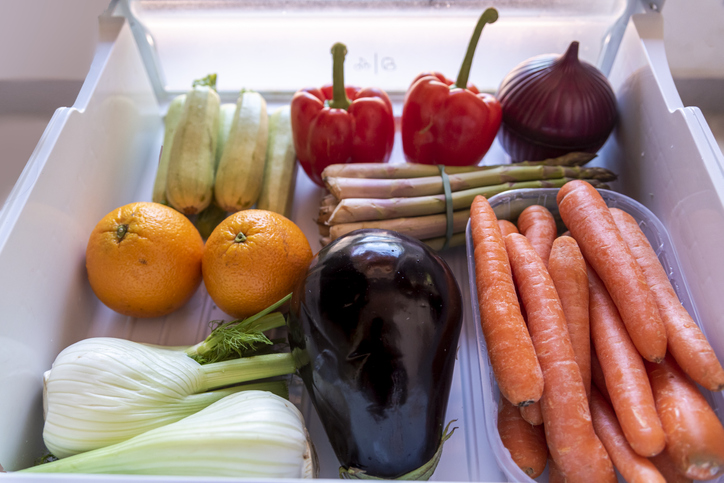
Source: © eleonora galli / Getty
Does anybody really know what every area of your refrigerator is for? I didn’t for a long time. I would just cram as many things into it as I possibly could. No organization. No rhyme or reason. I just figured, “These things need to be cold so I’ll put them in the refrigerator” and that was that. I had sliced cheese towering over bags of romaine lettuce next to piles of deli meat and boxes of cake. I had Tupperware full of leftovers all of the place – those really created the building blocks of my masterpiece since they did, in their own way, create new shelves with their flat, durable surfaces. But then I’d pull food out and it would have gotten soggy, or mushy. Some of it had somehow frozen. Some really smelled too much like the other food, and that turned me off to it. Refrigerators today aren’t like the “ice boxes” our grandparents used decades ago. Those really were just open-format cold boxes to put things in, any way you wanted. But today, refrigerators have smart designs and various climates and environments within them, specifically made for different types of items. I know it can be a pain to learn how one more appliance in your kitchen works, but doing so now can save you the heartache of throwing away food that turned bad in the fridge for an unexplained reason. And it will help you have a much better-organized refrigerator. Here are ways you’re probably using your fridge incorrectly.
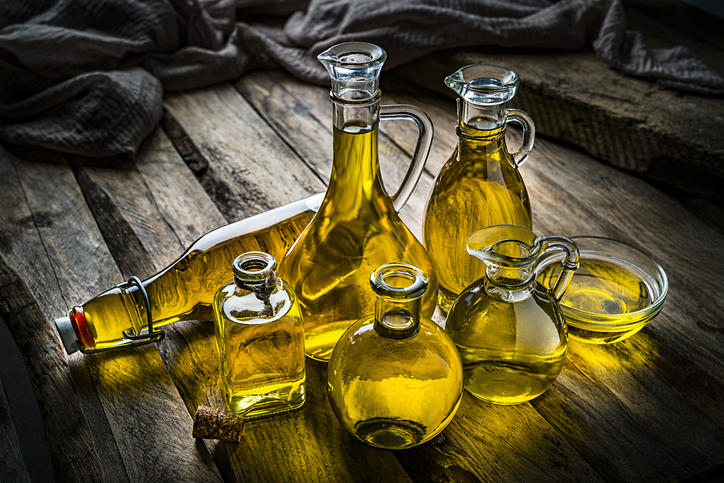
Source: fcafotodigital / Getty
Not refrigerating these oils
While some oils are very shelf-stable like coconut oil, olive oil, and canola oil, each of which do fine in a dark cabinet, some other oils should be refrigerated after opening in order to extend their shelf life. Safflower, sunflower, avocado, and grapeseed oil all turn rancid quickly if exposed to heat or light. Even though they get a bit dense when refrigerated, you’ll actually find they liquefy within 20 minutes or so of coming back out.
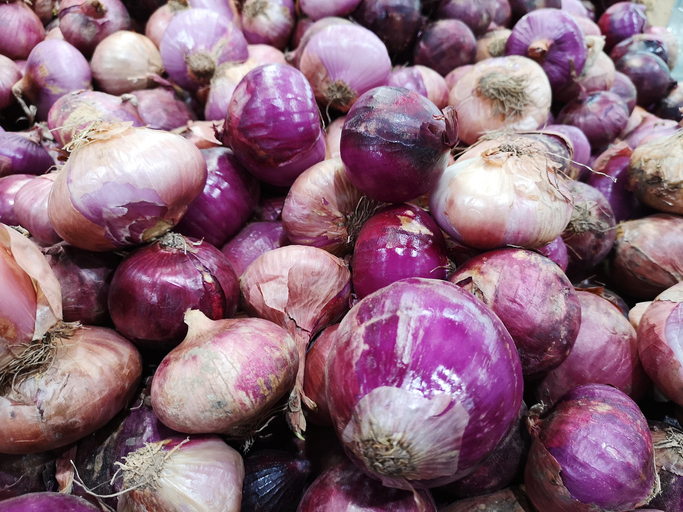
Source: Pipat Sawangsuk / EyeEm / Getty
Wasting fridge space on these foods
Certain foods do not belong in the refrigerator at all as they lose their flavor, or make the other foods inside rot quickly. Tomatoes belong on the counter because once refrigerated, they lose all flavor. Uncut onions and potatoes also belong on the counter, in a cool dry place. Bananas and apples and avocados can all live on the counter for weeks. Just move these to the fridge if they’re becoming too ripe, to freeze the ripening process.
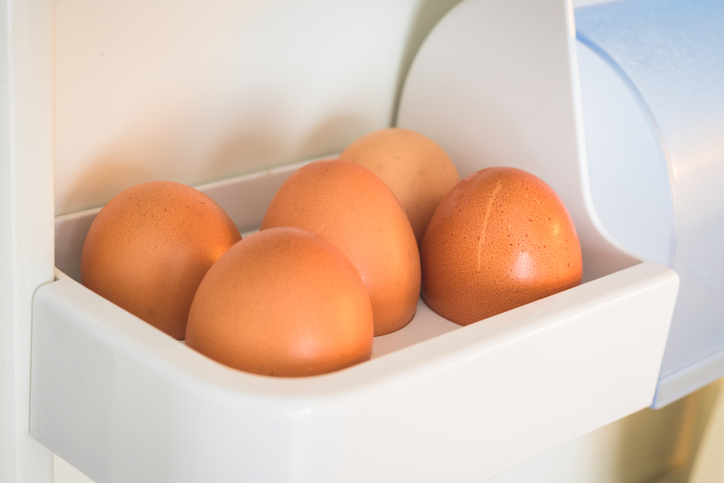
Source: Luis Cagiao Photography / Getty
Not using your egg slots
Love MadameNoire? Get more! Join the MadameNoire Newsletter
We care about your data. See our privacy policy.
If you look in your refrigerator door, on the top shelf, or perhaps in one of the middle shelves, you may find little rounded slots. Those are for your eggs! Storing eggs in the carton is fine, however, if your egg slots are in a contained shelf that has a flip-up door, that prevents your eggs from absorbing the flavors and odors of other foods in the fridge.
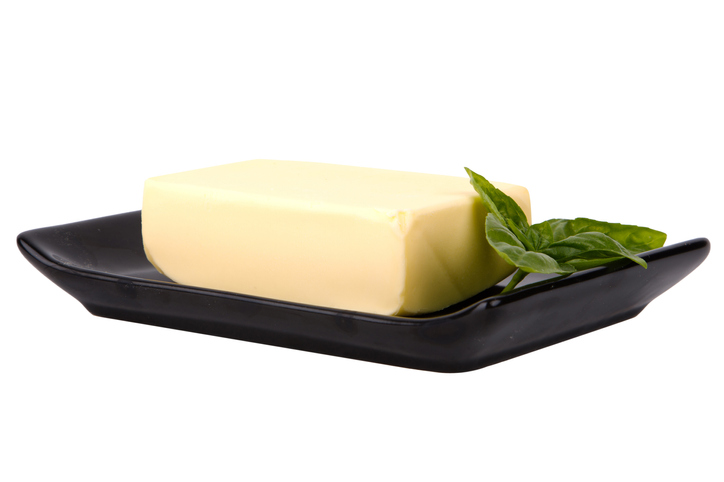
Source: Yevgen Romanenko / Getty
Putting dairy in the door
The refrigerator door is naturally the warmest area of the fridge because it’s closest to the outside. Sadly, many of us store our milk, half-and-half, and butter right there. But those products can turn rancid quickly if they become too warm, so store them further back in your refrigerator.
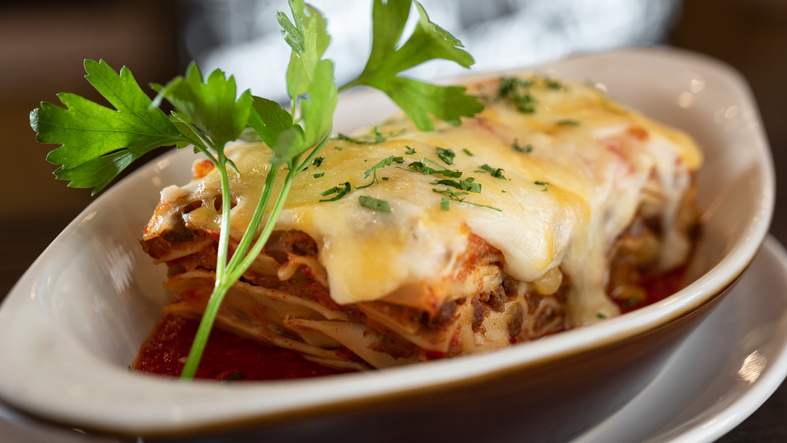
Source: Justin Ong / Getty
Putting hot food in
If you’ve just finished a meal and have tons of hot leftovers – say a tray of lasagna or half a roasted chicken – allow this to cool to room temperature on a counter before putting it in the refrigerator. Putting hot food in a fridge raises the temperature inside, and can cause other foods to go bad quickly.
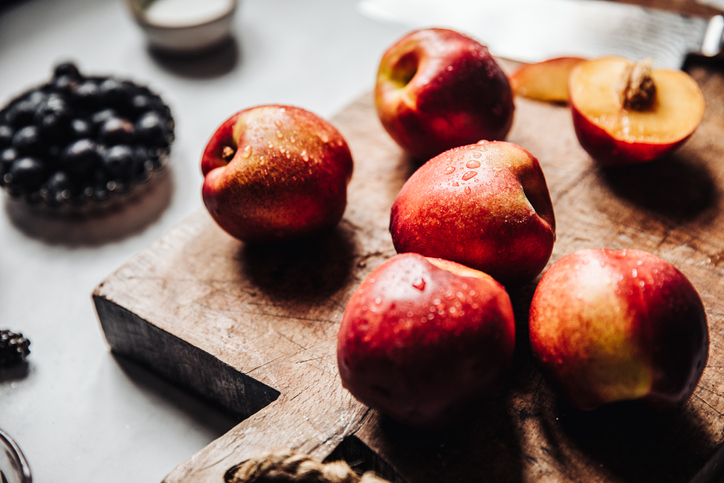
Source: alvarez / Getty
Storing these near each other
Some fruits and vegetables produce something called ethylene gas. Major offenders include stone fruit (peaches, plums, nectarines), mangoes, and pears. Other fruits and veggies are especially sensitive to ethylene gas, and go bad quickly if put near them. Those include Brussel sprouts, broccoli, cucumber, bell peppers, strawberries, squash, and eggplant. Keep these two groups separate.
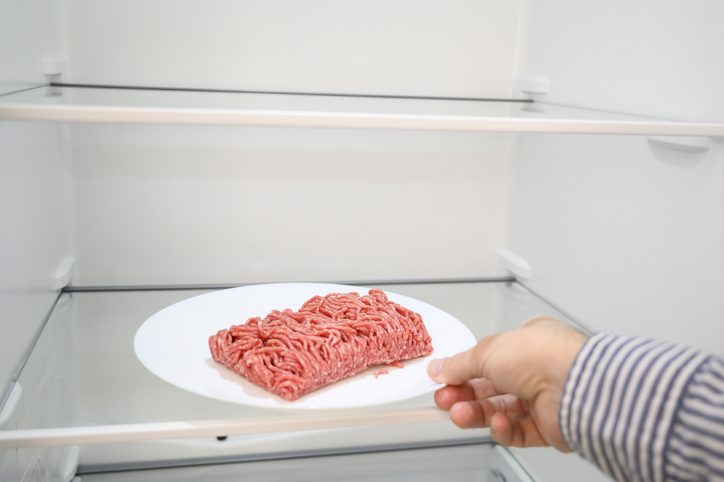
Source: Aitor Diago / Getty
Not using the meat drawer
The meat drawer serves two important purposes: first off, it’s very cold, so it keeps this food, which can develop bacteria if it becomes too warm, safe to eat, and secondly, it contains any juices that may fall out of the meat package. You don’t want raw meat juices dripping onto other foods.

Source: martinedoucet / Getty
Setting it too cold or too warm
If your refrigerator is too cold, then you’ll find that items begin to freeze. And we all know that frozen lettuce or cucumbers are just useless. If it’s too warm, then naturally, you run the risk of some foods developing harmful bacteria. Know that 38 to 42 degrees Fahrenheit is the best temperature range for your fridge.
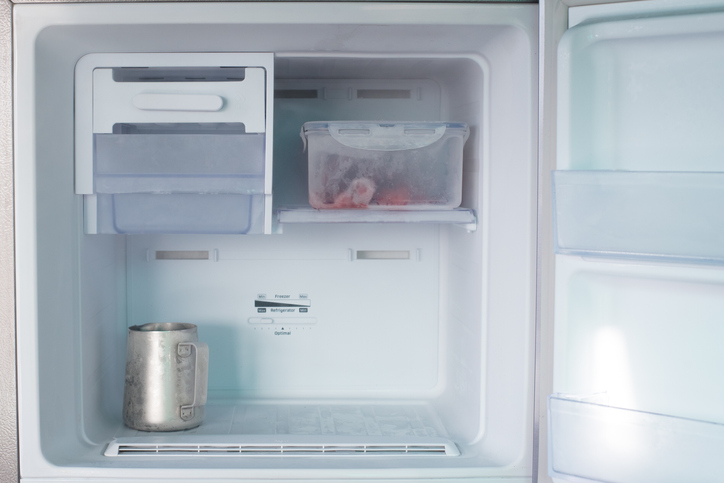
Source: Apiwat P / EyeEm / Getty
The freezer is too cold
The temperature of your freezer affects the temperature of your refrigerator, too. Even though they are technically separate, they are stacked right on top of each other, so they do influence each other. Leave your freezer at zero degrees – any colder could cause the temperature in your fridge to get lower.
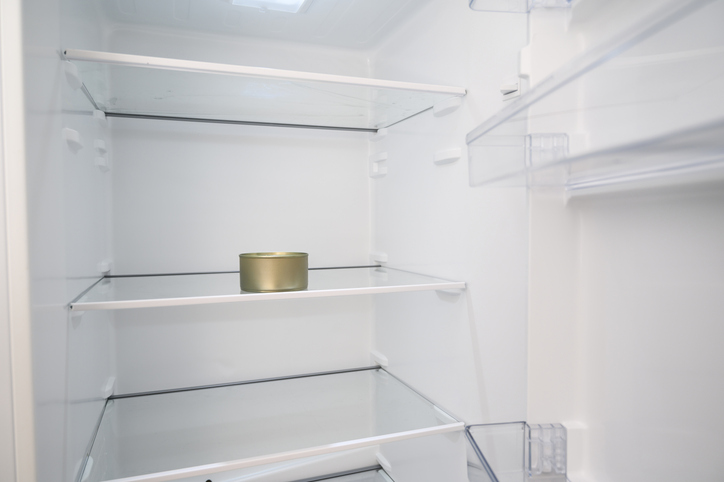
Source: Aitor Diago / Getty
Letting it be empty
Your refrigerator is designed to be rather full. That’s the best way for the cold air from the vent at the very top to circulate and spread out. It’s supposed to work its way through several stacks of food. If you keep your refrigerator too empty, then the cold air sinks to the bottom and mostly freezes what’s down there.
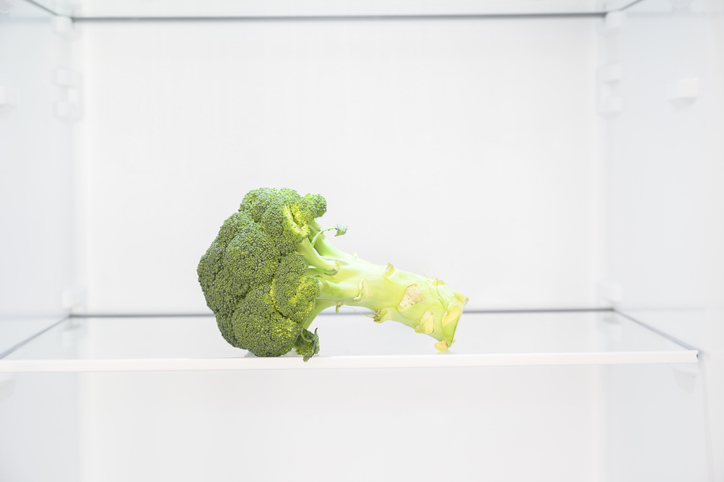
Source: Aitor Diago / Getty
Storing food near the vent
Right above the top shelf you’ll find a small vent. That’s where the cold air comes from. Don’t store anything directly under that, as it will likely freeze. You can, of course, store items there that you don’t mind freezing a bit, but don’t put things like lettuce or eggs there.
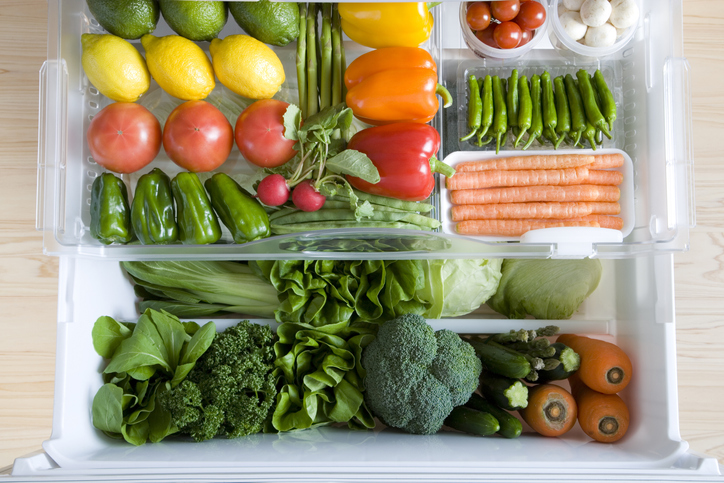
Source: ZUKAGAWA / Getty
Ignoring your humidity sliders
You may have noticed that your veggie crisper drawers have little vents, and they’re there for a reason. Those are called humidity sliders. Opening them reduces the humidity in the drawers and closing them increases the humidity. Leafy items that wilt like romaine lettuce or spring mix need high humidity, and should be stored together, with the vent closed. Vegetables that rot like zucchini or mushrooms need low humidity, and should be stored with the vent open.

Source: Oleg Golovnev / EyeEm / Getty
Keeping all cans cool at once
I understand that you want a cold La Croix or beer available at a moment’s notice, whenever you want it. But, you probably don’t need to keep an entire 18-pack in the fridge. That takes up way too much room. Buy canned beverages at room temperature, and just cycle in four or five at a time.
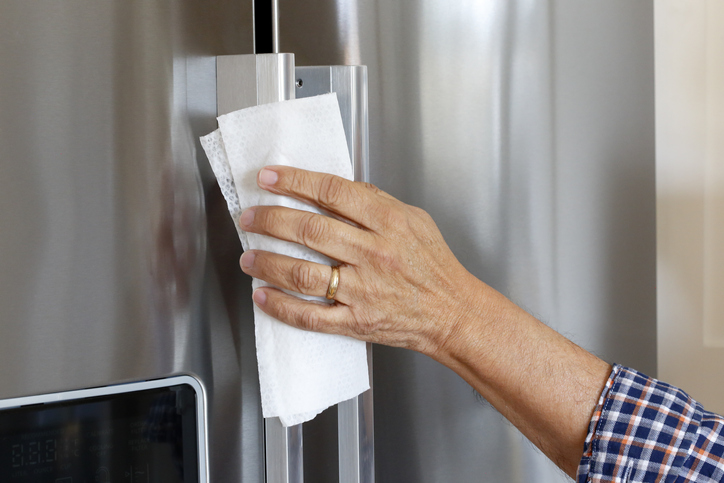
Source: DNY59 / Getty
Ignoring a loose door
If you keep turning the fridge temperature down lower and lower but items keep going bad, your refrigerator door’s seal may be loose. Put a dollar bill in the door and close it. If you can pull it out with ease, the seal is loose and should be repaired.

Source: UniversalImagesGroup / Getty
Refrigerating these condiments
Many condiments don’t need refrigeration. Hot sauce, soy sauce, oyster sauce, honey, and vinegar can all go in the pantry, even when open. Storing them in the fridge is a waste of space. You need to save that for your tubs of temperature-sensitive condiments like mayonnaise and ranch dressing.







